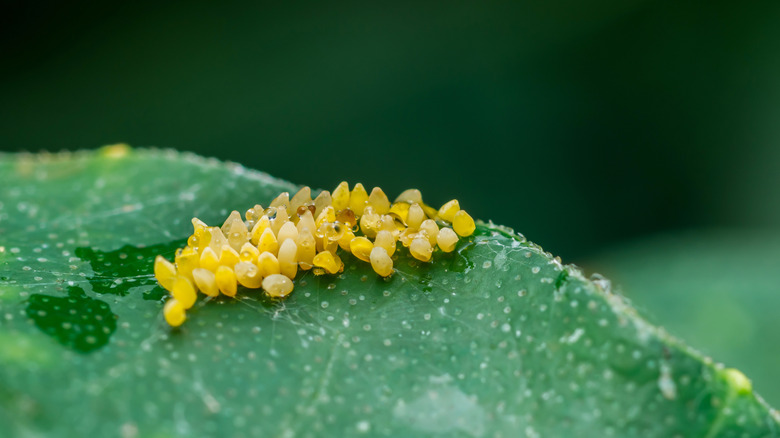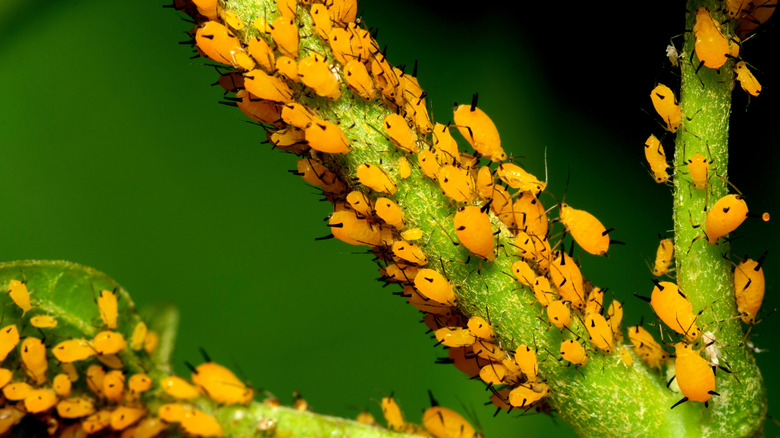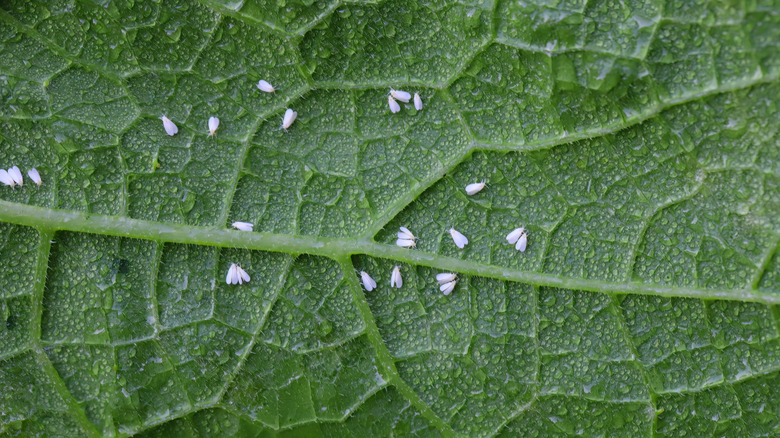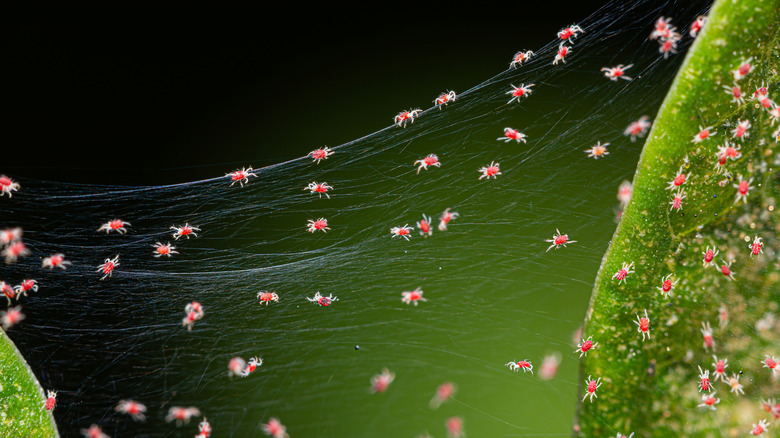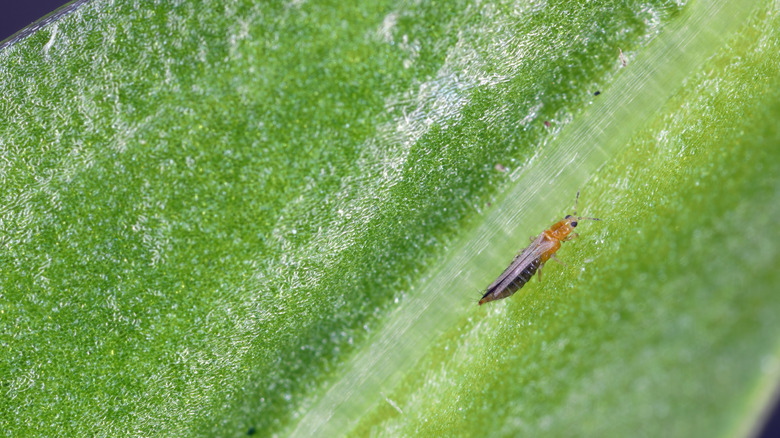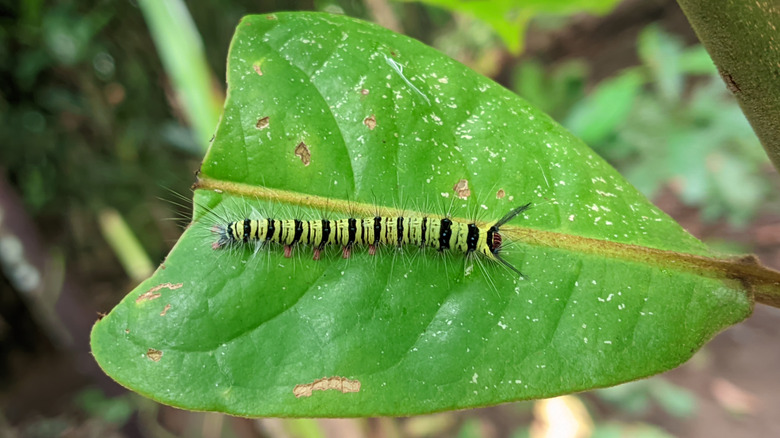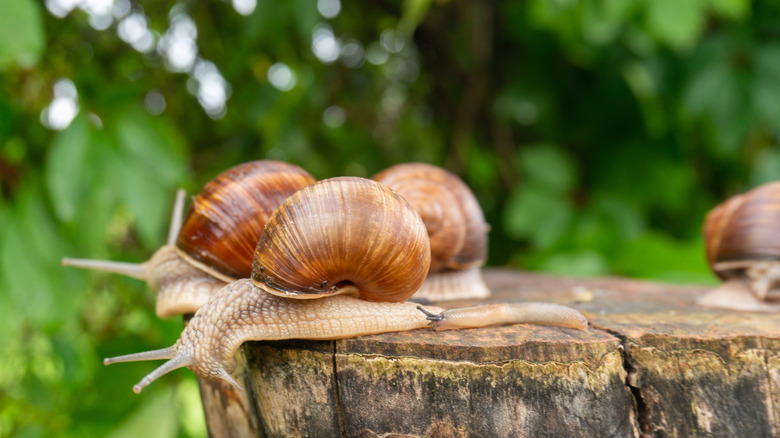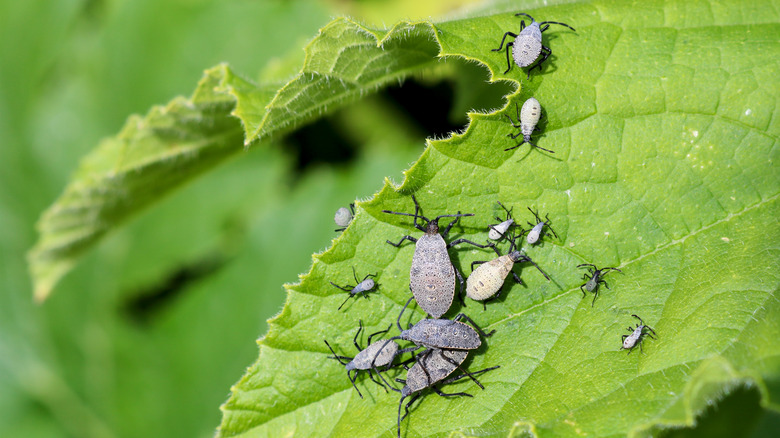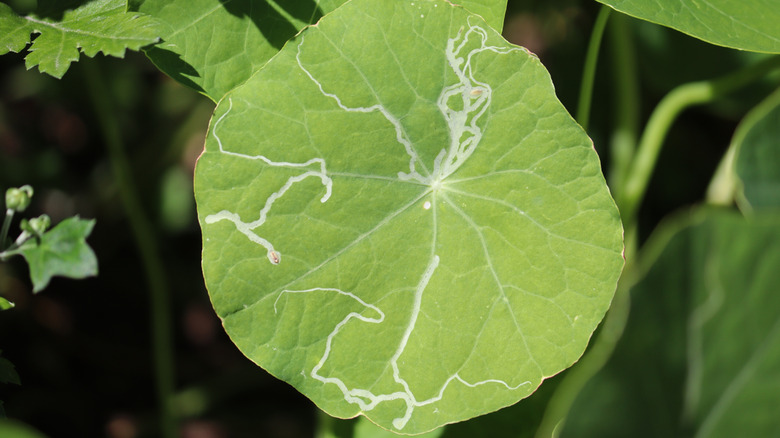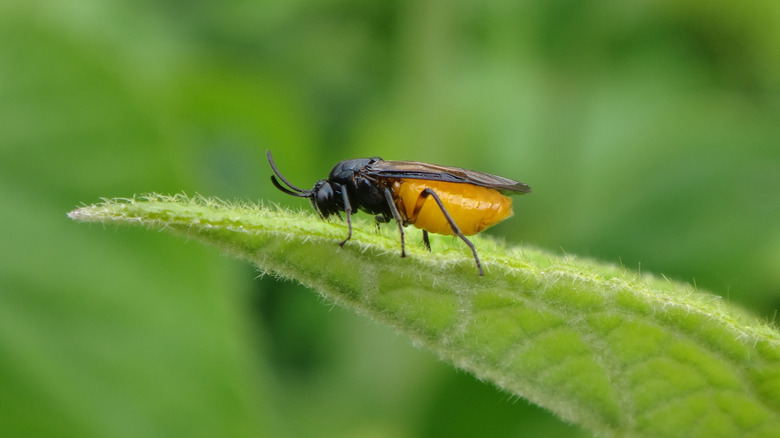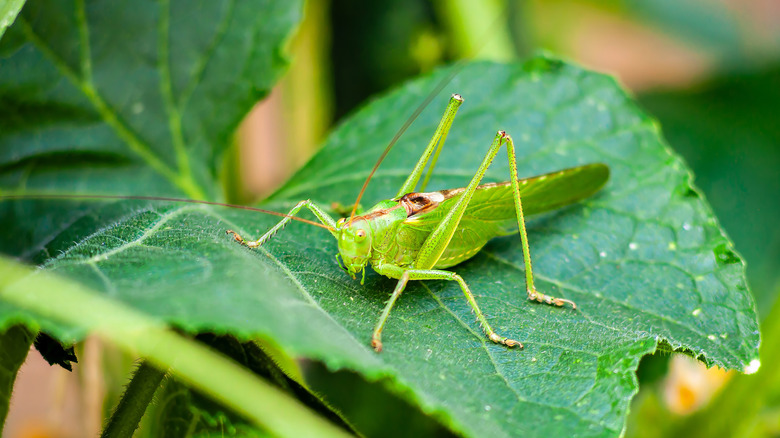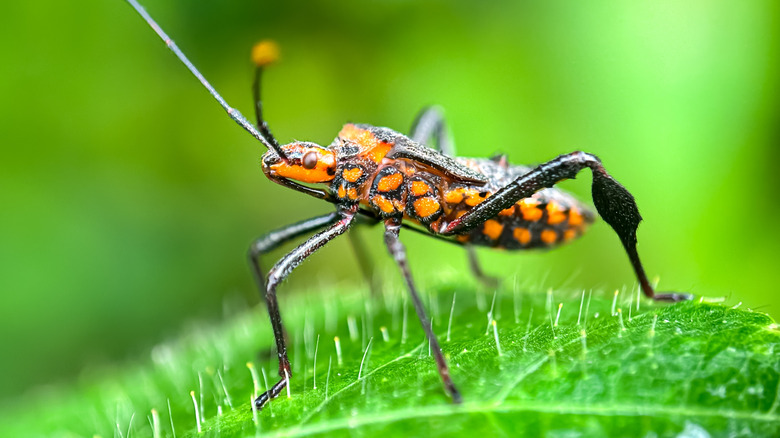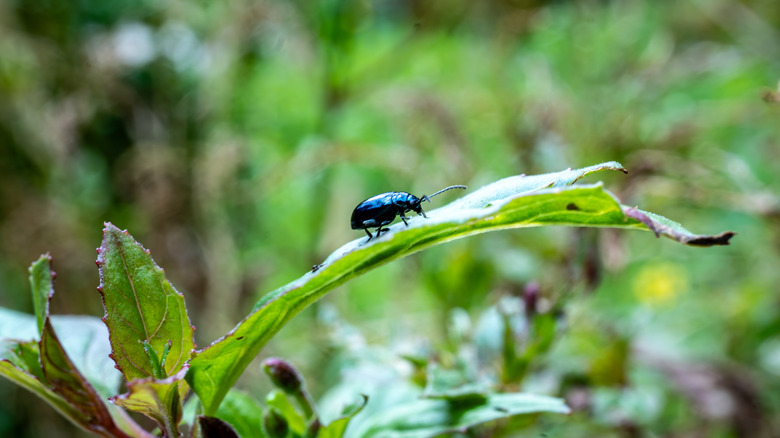What Pest Is Laying Eggs On Your Garden Plants
Some of the hardest battles you fight in your garden will often begin unseen. Pests quietly put down their eggs in various spots, sometimes on the underside of leaves and at other times in plain eyesight, but very well camouflaged. This all happens before you see any damage like chewed leaves, ruined fruit, and wilted stems. But don't just go about spraying your garden with broad-spectrum pesticides if you just spot some strange-looking small bug eggs. You need to take a moment to figure out that what is it exactly that you are dealing with and if is it even harmful.
While many pests, such as caterpillars, aphids, squash bugs, and bagworms, lay eggs on plants or in gardens, so do beneficial insects, including ladybugs and lacewings. Correct identification is the key here. It's only after you know precisely what pest you are up against that you can arm yourself with the right tools and ways to keep bugs out of your garden.
Take, for example, the scraping method to remove pest eggs from plants in the garden. This works wonderfully as a mechanical control method for squash bug eggs. But when you are up against a pest with soil-dwelling larvae like flea beetles, this technique will be pretty much useless.
Aphids
Aphids live on pretty much all plants. They rarely cause any significant damage, but large populations can still harm the plants, often causing the leaves to curl, yellow, and wilt. They lay their eggs mostly within the crevices of plants, as well as attach them to the underside of leaves. Eggs are quite small, and range in color from yellow to pale green — sometimes even black. Eggs are mostly produced in the fall, and at other times, aphids give birth to live young. You can use a horticultural oil to kill the overwintering eggs easily.
Whiteflies
Whiteflies might have "fly" in the name, but they are not actually flies. Still, they are a nuisance, and damage plants by sucking their juices and coating plant parts with honeydew, which then attracts fungal diseases. If you find tiny, oval-shaped eggs hanging by little stalks on the undersides of leaves, chances are it's the work of a whitefly. Females often lay these eggs in groups of 30 to 40 in a circular pattern, which makes identifying them quite easy. If you detect the eggs before they hatch, you can use a hose to wash them off the plant.
Spider mites
Spider mites are one of the most destructive pests of crops in the world, but they also affect home garden plants like vegetables, fruit trees, and ornamentals. And despite their tiny size, they lay quite large eggs. Eggs are round and laid near the veins of the leaves. You will often find their eggs overwintering in the crevices of twigs and small branches. For timely detection, start watching for them in late summer or fall, and keep checking through the winter. To get rid of spider mites and their eggs, manually wipe down or rinse your plants.
Thrips
Thrips are tiny insects, but the damage they cause can be quite extreme. Even worse is the fact that they act as a vector for more than 20 viruses. When it comes to laying eggs, the female of the species cuts tiny slits in plant tissues, including stems, flowers, and leaves. The eggs look a bit like tiny pinto beans —same shape, same speckled color — and the number of eggs in a given cluster can range from 10 to 200. Since thrips lay their eggs inside the plant, getting rid of them can be difficult.
Caterpillars
Butterflies and moths are important pollinators, but their larvae, i.e., caterpillars, can wreak havoc on your plants. Caterpillars chew the flowers, leaves, fruits, and shoots, and some even bore into stems. Because there are so many types of butterflies, the shape and color of eggs vary greatly, but most are yellow or green and become dark when they are about to hatch into caterpillars. The eggs are typically laid on the undersides of the leaves and could be single or in clusters. Also, each butterfly lays its eggs on a specific plant or group of particular plants.
Snails and slugs
Snails and slugs move slow, but the damage they cause can build up fast. They both eat large holes in plant leaves and could can wipe out young seedlings. They lay their eggs in clusters, and the eggs are white or off-white, round in shape, and have a jelly-like feel. Depending on the species you are dealing with, there could be three to 40 eggs in a cluster. You will find their eggs mostly in dark and damp places in your garden, such as pots, trays, bags, heaps of compost, or piles of soil.
Squash bugs
Squash bugs are one of the main threats to cucurbits, with flowering plants and young seedlings being most prone to damage that can sometimes even lead to death. The eggs are tiny and oval-shaped — about 1/16 of an inch long. You will mostly find them in spring and summer on the underside of your plant leaves. Color ranges from red to bronze, and eggs are typically laid in clusters of 15 to 40. There are many ways of getting squash bugs out of your garden, but if you encounter their eggs, tear the infested leaves and crush the eggs.
Leafminers
As their name suggests, leafminers create tiny mines within the leaves and eat them from the inside out. However, they do lay their eggs outside, usually on the underside of the leaves. Eggs are cylindrical, slightly curved, and white or translucent. Their size is about 1/2 millimeter, and females will mostly lay the eggs around the middle of the day. Because of their white color and small size, these eggs are hard to find, especially on plants with hairy foliage. To get rid of them, simply crush or remove any leaves that have mines or eggs on them.
Rose sawflies
Even though the damage caused by rose sawflies is purely cosmetic, the affected plants still look awful. Early detection is a must, and that is where knowing what their eggs look like can help. You can spot their eggs along leaf edges where females carve tiny slits and tuck in their eggs. Eggs are pretty small, about 1/32 inch in size and oval in shape. A closer inspection with a magnifying glass often reveals that rose sawflies lay up to five egg clusters on a single branch, and each can have anywhere from eight to 72 eggs.
Grasshoppers
Grasshoppers are big and they often invade the gardens during the dry weather. They chew large holes in leaves, and if their numbers are high, they can entirely defoliate garden plants. Nevertheless, depending on the species, their eggs vary in size from 4 to 9 millimeters. Mostly, the eggs are yellow, white, brown, or tan, but some species might also have two-toned eggs. Now, there are a number of ways you can keep grasshoppers from invading your garden and laying their eggs, but controlling them is always a challenge, as they are highly mobile.
Leaffooted bugs
Leaffooted bugs are another common pest in gardens that attack many vegetables. Fruit plants or trees are also particularly prone to their damage. You can spot their eggs quite easily. They usually lay them along the stem or underside of leaves, and the eggs are always in a row. The eggs are laid joined end-to-end, and the color is somewhat golden brown with a cylindrical or barrel-like shape. If you want to get rid of the eggs, just destroy them with your hands. Also, kill any captured bugs so they don't return to feed and lay eggs.
Flea beetles
Flea beetles affect several home garden vegetables and are known for their characteristic injury, known as "shot-holing." They eat so many holes in leaves that it looks like damage caused by a gunshot. If you see white to yellowish gray eggs with an elliptical shape alongside this damage, you can be dead sure that you are dealing with flea beetles. Eggs are sometimes laid on leaves, sometimes on roots and flowers, and at times, even in soil, so make sure to check everywhere. They come fast and are especially damaging to young seedlings and plants.
